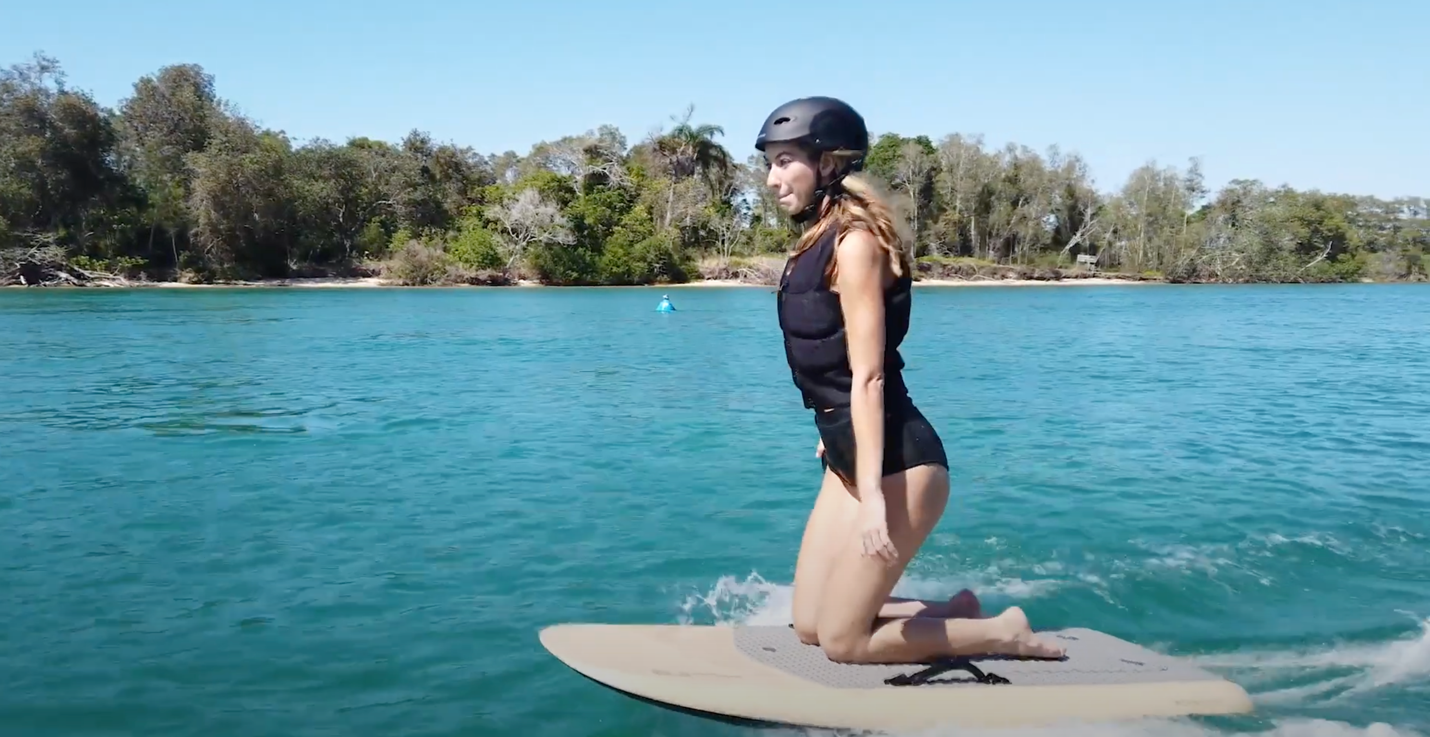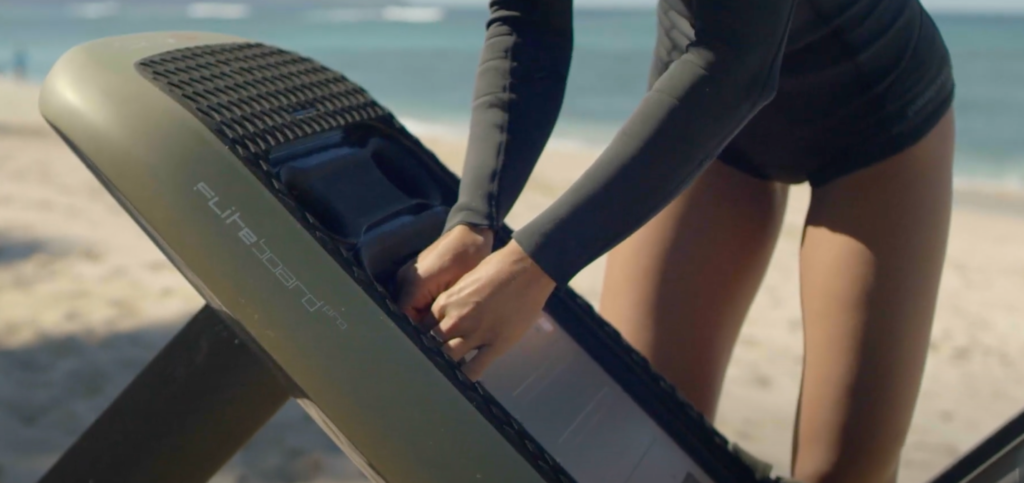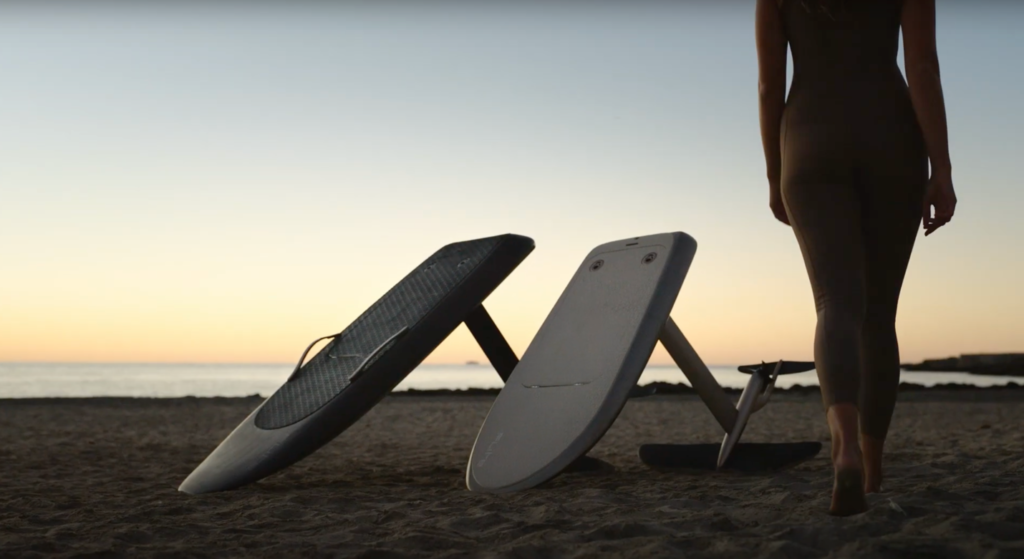Fliteboarding combines the thrill of flying with the serenity of gliding over water. While it looks effortless, mastering the basics takes patience, practice, and a little know-how. Whether you’re brand-new to Fliteboarding or brushing up on fundamentals, this guide is designed to help you get started. For hands-on support, we offer efoil lessons Inlet Beach to help you learn in a safe, guided environment.
- Why Start with Safety
- Choosing the Right Location
- Getting Your Fliteboard Ready
- Learning the Basics: Lying, Kneeling, and Standing
- Foiling for the First Time
- Pro Tips for a Smooth Ride
- Packing Up and Maintenance
Why Start with Safety
Before you hit the water, let’s talk safety. Fliteboarding is an incredible experience, but like any water sport, it comes with risks. Here’s how to stay safe:
- Always Wear Protective Gear: A helmet and a U.S. Coast Guard-approved personal flotation device (PFD) are non-negotiable. They protect you from falls and provide peace of mind.
- Watch Your Hands and Feet: Keep them away from the propeller, which is powerful enough to cause serious injury.
- Stay Aware of Local Regulations: Rules for eFoiling vary by location, so check whether you need a license or registration and follow local guidelines.
Choosing the Right Location
Picking the right spot can make all the difference when learning to Fliteboard.
- Look for Smooth Water: Calm, flat water makes balancing and transitioning much easier. Avoid areas with heavy waves or choppy conditions.
- Check the Depth: The water should be at least 1.5 meters (5 feet) deep to protect the board’s wings and mast.
- Avoid Crowds: Stay at least 150 meters (about 500 feet) away from swimmers, boats, or other water users.
- Soft Surfaces are Ideal: Learning near soft sand is best. Hard surfaces or rocky bottoms can damage your board and wings.
Getting Your Fliteboard Ready
Proper setup is key to a smooth ride.
- Assemble and Inspect: Review your Fliteboard assembly instructions carefully. Double-check all connections and make sure everything is secure. If you’re still in the market, check out our full lineup of efoils for sale for beginner-friendly setups.
- Test the Motor: Practice arming the motor and running it briefly before entering the water. Never run the motor out of water for more than a few seconds.
- Transport with Care: Carry the board by holding one handle and the mast. At over 55 pounds (25 kilos), it’s heavy, so get a friend to help if needed. Push the board into deep water on its side or upside down, and only flip it upright once you’re in chest-deep water.
Learning the Basics: Lying, Kneeling, and Standing
Step 1: Start Lying on the Board
- Lie on the board with your weight toward the front.
- Arm the motor and use power level 1 to get moving. Gradually increase speed as you gain confidence.
- Keep your weight forward to prevent the board’s nose from lifting.
Step 2: Kneel on the Board
- Once you’re comfortable lying down, transition to your knees. Move at a constant speed of 4–6 mph to keep the board stable. If you’re struggling with balance or responsiveness, trying different wings can help. Our Fliteboard wing rental Inlet Beach lets you experiment with setups suited to your style.
- Shift your knees just in front of the lid hinges. If the nose sinks, speed up slightly or shift your weight forward.
Step 3: Stand Up
- When ready, place your dominant foot forward and slowly push up into a standing position. Keep most of your weight on your front foot to keep the foil in the water.
- Maintain a speed of 5–7 mph while standing to stay balanced.
Foiling for the First Time
Flying above the water is the ultimate goal of Fliteboarding. Here’s how to get there:
- Build Speed Gradually: Accelerate to at least 11–16 mph to achieve lift.
- Shift Weight Slowly: Carefully lean back to engage the foil. The board will rise when you find the right balance.
- Stay Low: Aim for short, low foiling bursts of about 15 feet at a time. Touch down immediately after lifting to practice balance and control.
- Focus on Subtle Movements: Small adjustments to your body position will keep the board stable.
Pro Tips for a Smooth Ride
- Keep Your Weight Forward: Press through your front leg to keep the foil in the water and maintain stability.
- Avoid Sudden Speed Changes: Like an airplane, the foil needs constant speed for smooth flying. Sudden changes will cause instability.
- Don’t Turn Too Soon: Practice riding in a straight line before attempting turns. Start with wide, shallow turns as you gain confidence.
- Jump Away Safely: If you’re about to fall, jump away from the board to avoid the foil and immediately release the trigger.
Packing Up and Maintenance
When your session is over, proper care ensures your Fliteboard stays in great shape:
- Follow the Manual: Read the storage and maintenance section of your Fliteboard’s manual for detailed guidance.
- Rinse and Inspect: Rinse the board, wings, and mast with fresh water to remove salt or debris. Check for damage before storing.
- Store Securely: Store your board in a dry, cool place, away from direct sunlight or heat sources.
Ready to Flite?
Learning to Fliteboard is a journey of patience and practice, but every step is worth it. Take your time, follow these tips, and don’t rush the process. Want more personalized advice or lessons?
Contact us at Emerald Wake! Call (850) 400-8500 or email [email protected] for guidance, rentals, and eFoiling lessons. We’re here to help you take flight safely and confidently.
Let’s ride the future of watersports—one step at a time!



